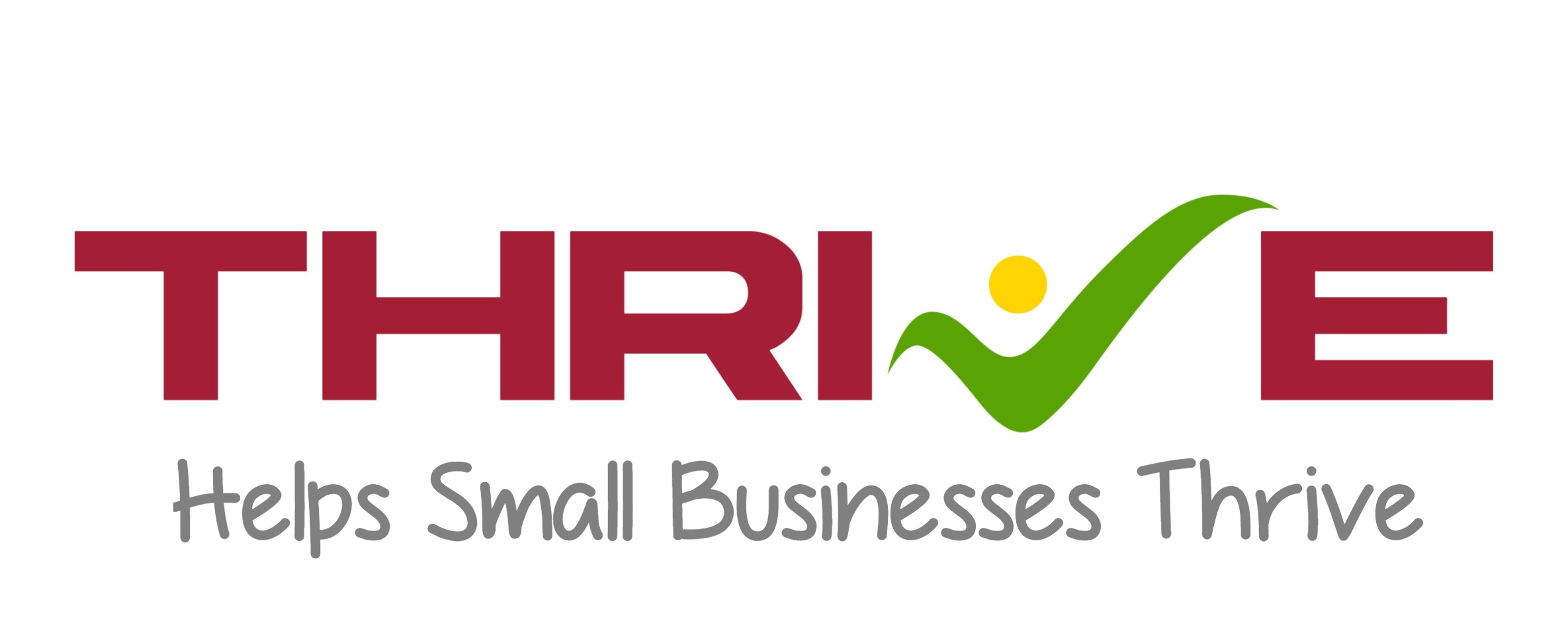As we move into 2024, the landscape of eCommerce continues to evolve at an astonishing pace. Small and medium-sized businesses (SMBs) are finding innovative ways to carve their niche in this dynamic environment. Here’s a look at how SMBs can build successful eCommerce websites and leverage emerging trends, social media, local SEO, product optimization, and email marketing.
*How SMBs Can Build a Successful eCommerce Website**
Creating a compelling eCommerce website is no longer just about having appealing graphics; it requires strategic planning and execution. Start by ensuring your site is user-friendly—intuitive navigation can make or break the shopping experience. Don’t underestimate the importance of mobile optimization; with more consumers shopping via smartphones, a responsive design is essential. Additionally, invest in high-quality product images and detailed descriptions that tell a story. Customers want to connect emotionally with products before purchasing.
Moreover, integrating secure payment options fosters trust while simplifying transactions for shoppers. Lastly, consider including customer reviews; they provide social proof that can significantly influence buying decisions.
*Top eCommerce Trends for Small Businesses in 2025**
The future looks bright for small businesses willing to embrace change! One significant trend set to surge is personalization—tailoring experiences based on individual consumer behavior will enhance engagement. Artificial intelligence (AI) tools will play an increasingly pivotal role in analyzing data and predicting customer preferences.
Sustainability is another trend gaining momentum. Consumers are becoming more eco-conscious; therefore, businesses that prioritize green practices will stand out. Additionally, augmented reality (AR) technology will allow customers to visualize products in their own space before committing to purchase—a game changer for online retail!
*How to Use Social Media to Drive eCommerce Sales**
Social media isn’t just for connecting with friends anymore; it’s a powerful sales tool! Platforms like Instagram and Facebook have integrated shopping features that allow users to purchase directly from posts. To drive sales through these platforms, focus on creating engaging content that showcases your products authentically.
User-generated content can also amplify your brand message—encourage satisfied customers to share their experiences online using specific hashtags or tagging your profile. Running targeted ads based on demographics helps ensure you’re reaching potential buyers effectively.
*The Role of Local SEO in Boosting eCommerce Success**
For SMBs with physical locations or those targeting specific regions, local SEO is crucial! Optimizing your website for local search terms makes it easier for nearby customers to find you online. Ensure your Google My Business listing is up-to-date with accurate contact information and operating hours.
Incorporating location-based keywords into product descriptions and blog content can also improve visibility in search results. Building backlinks from local sites further strengthens your relevance within the community.
*How to Optimize Your Product Pages for Conversions**
To turn visitors into buyers, optimizing product pages is essential. Start by crafting compelling product titles that include relevant keywords while remaining appealing. High-quality images should showcase every angle of the product along with videos if possible—it allows potential buyers to see items in action.
Clear calls-to-action (CTAs) guide users toward making purchases without hesitation; phrases like “Add to Cart” or “Buy Now” should be prominent and enticing. Finally, don’t overlook A/B testing different layouts or copy—it can yield insights into what resonates best with your audience!
*The Benefits of Email Marketing for eCommerce SMBs**
Email marketing remains one of the most effective tools for driving sales among SMBs! Regular newsletters keep subscribers informed about new arrivals or special promotions while nurturing relationships over time. Segmenting your email list allows you to tailor messages according to recipient preferences—enhancing engagement rates significantly.
Automated follow-up emails post-purchase serve as great reminders for related products or encourage reviews—a simple yet effective strategy! By utilizing analytics tools available through email platforms, you can track open rates and conversions—the data helps refine future campaigns.
In conclusion, embracing these trends as we approach 2024 can propel small businesses toward success in the competitive world of eCommerce! With thoughtful strategies surrounding website development, social media engagement, local SEO optimization, effective product presentation methodologies, and impactful email outreach—all pave the way forward into a prosperous digital marketplace!





